Look at that face. Look at it. Over the centuries, people have derided sloths for being either stupid or lazy or a combination of both, but have you ever thought they might just be onto something? After all, they always kind of look like they’re smiling. Don’t you wish you could have that serene expression on your face every now and then? If you don’t, you should. Everyone deserves to relax every now and then. International Sloth Day is in fact about two things: learning to take a lesson or two in being as cool as a cucumber from the sloths of the world, and raising awareness about the many sloths that get get injured, captured to be sold as pets, or even killed by humans. So help keep those sleepy smiles on sloths’ faces and take part in this year’s International Sloth Day!
International Sloth Day was created by AIUNAU, a non-profit foundation dedicated to protecting all forms of wildlife. The AIUNAU members in Columbia have been working with sloths since 1996, as they became appalled to find out how many sloths every year were being killed by cars or power lines, and how many other were being captured to be made into household pets. Once they rescue a sloth, they nurse it back to health, and then proceed to release it back into the wild, where it belongs. International Sloth Day was established in November 2010 as a way of helping people get to know a little more about these shy, quiet creatures that are known for their tenderness for one another and keep them from going entirely extinct, as several species of sloth have already.
Another important aspect of celebrating International Sloth Day is allowing yourself to just let go and relax every now and then. We live in a very fast-paced world where something is constantly happening—we receive tens, if not hundreds of calls, emails and texts daily, and we’re always in a rush: we rush to work, then we rush to pick up the kids, and then we rush home… On International Sloth Day, take the time to slow down. Make sure you get enough sleep, take a walk through the park or a long bubble bath, make a real dinner instead of just popping some frozen lump of food in the microwave for 3 minutes. We humans should realize that although we may be the most intelligent of the species, that does not mean there aren’t things we can’t learn from other species. And who could possibly teach a better lesson about how to relax than the sloth? Exactly!
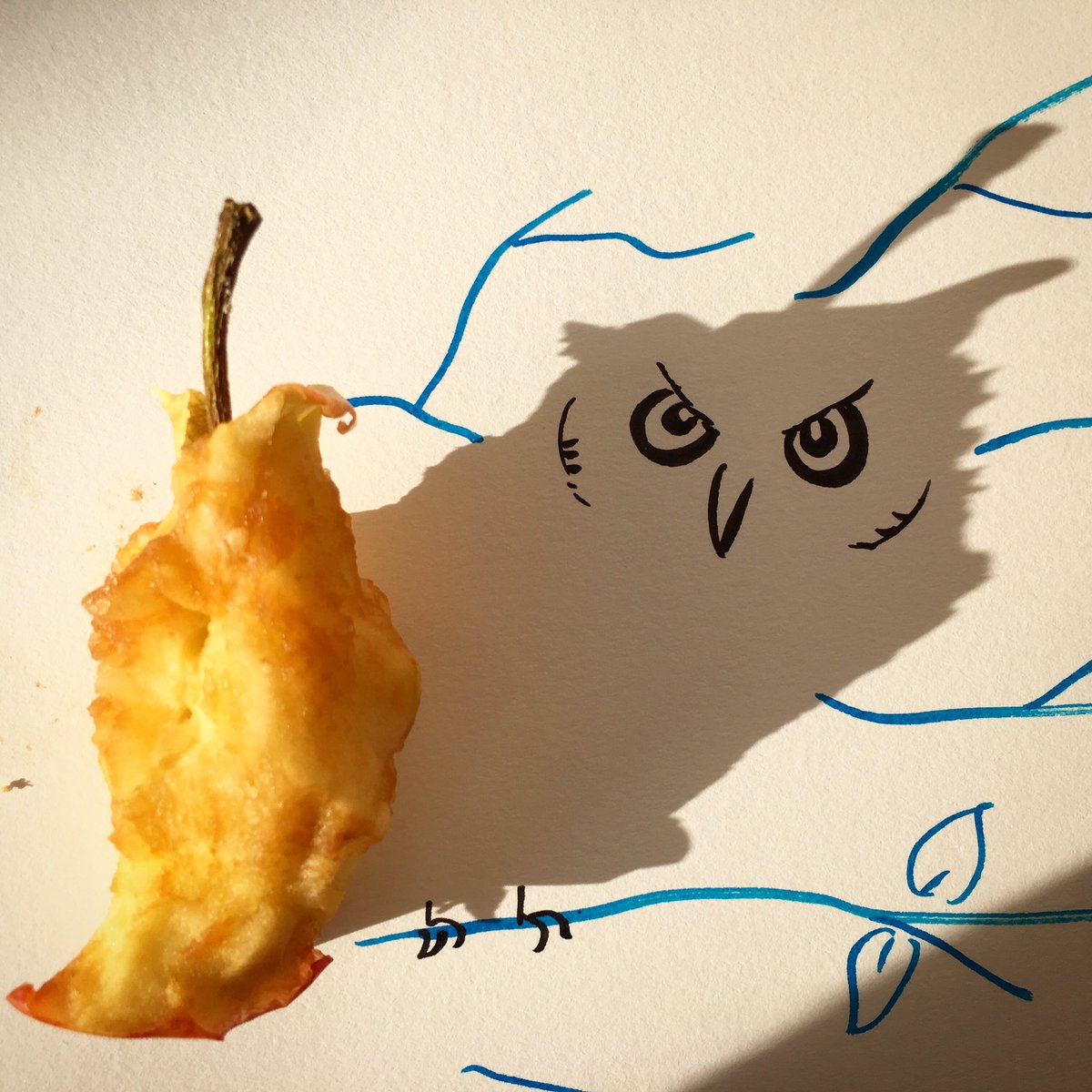
Part 2: Belgian film-maker and artist Vincent Bal stumbled upon an uncanny resemblance to an elephant in the shadow of his tea cup. This gave him the idea for Shadowology, a series of doodles that interact with the shadows of simple, everyday object
Word of the Day
| |||
| Definition: | (verb) To set loose (a mass of ice). Used of a glacier or iceberg. | ||
| Synonyms: | break up | ||
| Usage: | From the deck of the ship, we saw the magnificent glacier calve, sending massive shards of glassy ice into the waters below. | ||
Idiom of the Day
like cheese at four pence— In an idle, awkward, and/or out-of-place state; being ignored, abandoned, or left to wait awkwardly. Primarily heard in UK. |
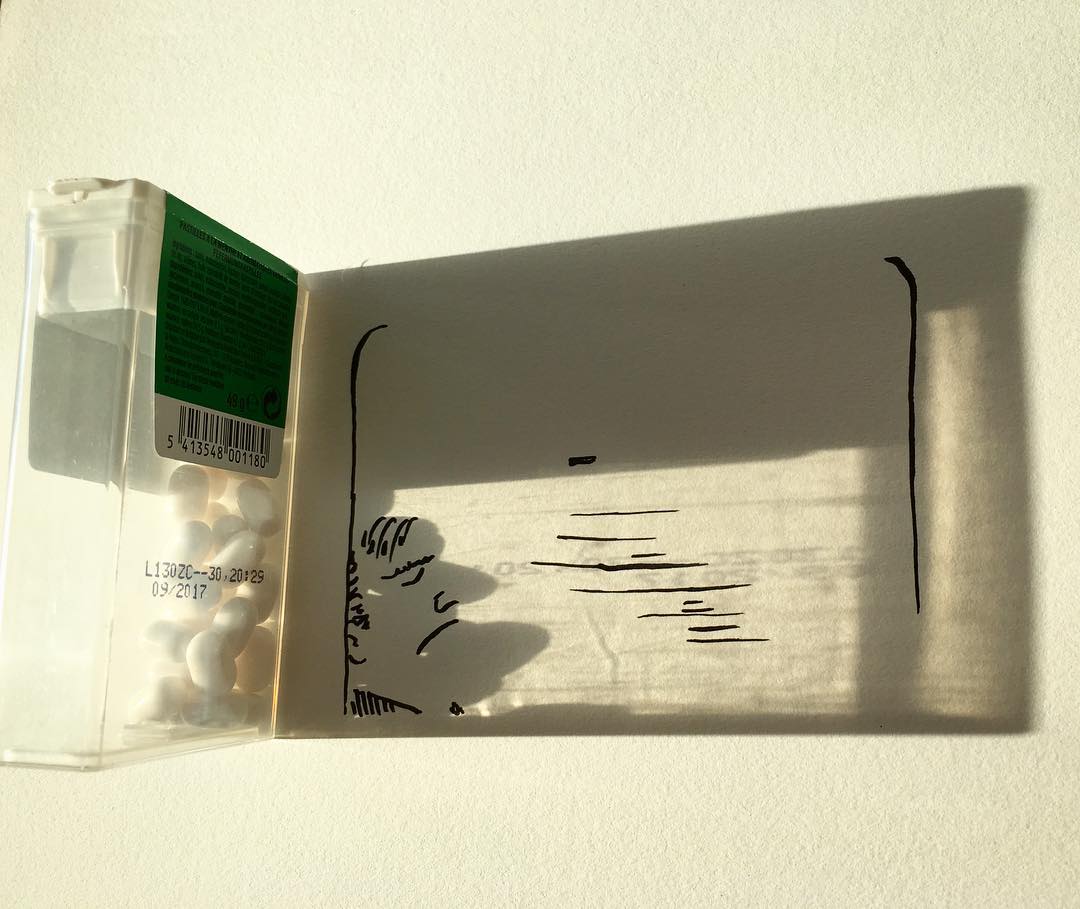
History
ANTIBIOTICS
The advice to always finish your antibiotics has long been considered medical dogma, and can be seen today on the websites of the World Health Organization, the U.S. Food and Drug Administration and other leading health authorities.
READ MORE:
1803 - The U.S. Senate approved the Louisiana Purchase.
1873 - A Hippodrome was opened in New York City by showman Phineus T. (P.T.) Barnum.
1892 - The city of Chicago dedicated the World's Columbian Exposition.
1910 - A baseball with a cork center was used in a World Series game for the first time.
1955 - "No Time for Sergeants" opened on Broadway at the Alvin Theatre. The show starred Andy Griffith and Don Knotts made his Broadway debut. The last show was on September 14, 1957.
1957 - Walter Cronkite began hosting "The 20th Century." The show aired until January 4, 1970.
1962 - The Four Seasons released "Big Girls Don't Cry."
1968 - Jackie Lee Bouvier Kennedy married Aristotle Onassis.
1973 - The Sydney Opera house officially opened.
1979 - The John F. Kennedy Library in Boston was dedicated.
1993 - Attorney General Janet Reno warned the TV industry to limit the violence in their programs.
2003 - A 40-year-old man went over Niagara Falls without safety devices and survived. He was charged with illegally performing a stunt.
2009 - European astronomers discover 32 exoplanets.


If You Were Born Today, October 20
You are warm and enthusiastic in your approach to the world. Your face is expressive, and you are moody, fun-loving, and compassionate. You have a real way with words–people listen when you speak. You are a romantic person with a distinctly gentle side to your nature. Music, lyrics, and poetry appeal to you and touch you deeply. Your sense of humor is well developed, and you make each person you talk to one-on-one feel very special. Your talents and interests are diverse. Famous people born today: Mickey Mantle, Snoop Dogg, Tom Petty, Art Buchwald, Joyce Brothers, John Krasinski, Viggo Mortensen.

1.
TONIGHT'S CELESTIAL EVENT:
Oct 20/21: Orionid Meteors
The Orionids is an average shower producing up to 20 meteors per hour at its peak. It is produced by dust grains left behind by comet Halley, which has been known and observed since ancient times. The shower runs annually from October 2 to November 7. It peaks this year on the night of October 21 and the morning of October 22. The crescent moon will set early in the evening leaving dark skies for what should be a good show. Best viewing will be from a dark location after midnight. Meteors will radiate from the constellation Orion, but can appear anywhere in the sky.
further information: Orionid meteor shower peak tonight! | EarthSky.org
2.
State Fair of Texas 2017
Sep 29 - Oct 22, 2017 | Dallas, TX
State Fair of Texas|3921 Martin Luther King Junior Boulevard
If you enjoy the traditional fair atmosphere of carnival rides, livestock shows, live music and fried food, the State Fair of Texas is for you! The fair begins the end of September and runs for 24 straight days with a long list of attractions. It remains the only fair in the country to host an auto show, complete with a test drive track. The State Fair of Texas is also known for its unique fried food selection including deep fried oreos, twinkies and peanut butter among others. Live music comes from approximately 85 different performances over the 24 day fair period. There are 17 shopping areas at various locations throughout the fair featuring electronics, household products, agriculture products, clothing, travel, children's toy, food, health and beauty and unique handmade arts and crafts. Big Tex has been the fair mascot since 1952. Standing 55 feet tall at the entrance, he greets visitors with a 'Howdy, folks' in his well recognized southern drawl. Gates open at 10 a.m. daily until 9 p.m. Sundays through Thursdays. Friday and Saturday night it is open until 10 p.m.
further information: Fair Hours - State Fair of Texas
Hunt Club Farm Harvest Festival 2017
Sep 29 - Oct 29, 2017 | Virginia Beach, VA
Hunt Club Farm|2388 London Bridge RdJust because summer is over doesn’t mean the fun-filled days must stop. Autumn is a great time to celebrate. The leaves turn gorgeous shades of orange, brown and yellow. Your kids are back in school. Pumpkin flavored beers and lattes are everywhere. And, it’s time for the Hunt Club Farm Harvest Festival. The event features carnival rides, a petting farm, live music, pony rides and much more.
further information: Hunt Club Farm - Virginia Beach, VA | Hunt Club Farm of Virginia Beach, Hampton Roads offers Farm Fun for Everyone! From the Petting Farm to the Halloween Festival, we have it all!
 '
'
Curug Cipendok is a waterfall located near Purwokerto, Central Java, Indonesia. Measuring 92 m (302 ft) in height, it is one of the area's highest waterfalls. The site, which hosts a campsite and lake, is one of the more popular tourist destinations in the Banyumas area.

To capture this view of a mother grizzly bear (Ursus arctos horribilis) and her cub, photographer Peter Mather set up a camera trap on a log that he knew the bears tended to traverse while fishing for salmon in Canada's Yukon River watershed. Packed with both protein and fat, salmon provide grizzlies with a critical source of energy and nutrients during the spawning season. However, the fish can also carry high levels of environmental toxins, such as mercury, that put the bears at risk. Because mercury accumulates in the tissues of organisms and is passed along the food chain, top predators like grizzlies tend to be exposed to higher concentrations of the toxic metal. Indeed, scientists have found that some 70 percent of grizzly bears sampled along the coast of British Columbia over the past decade contained mercury levels above what is considered safe.
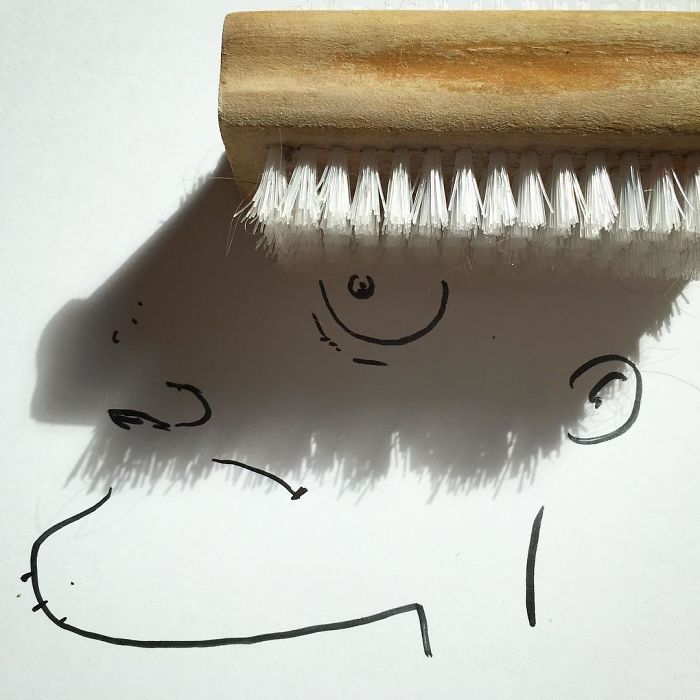
thanks, Rae

knit
thanks, Jennifer
knit
knit

knit

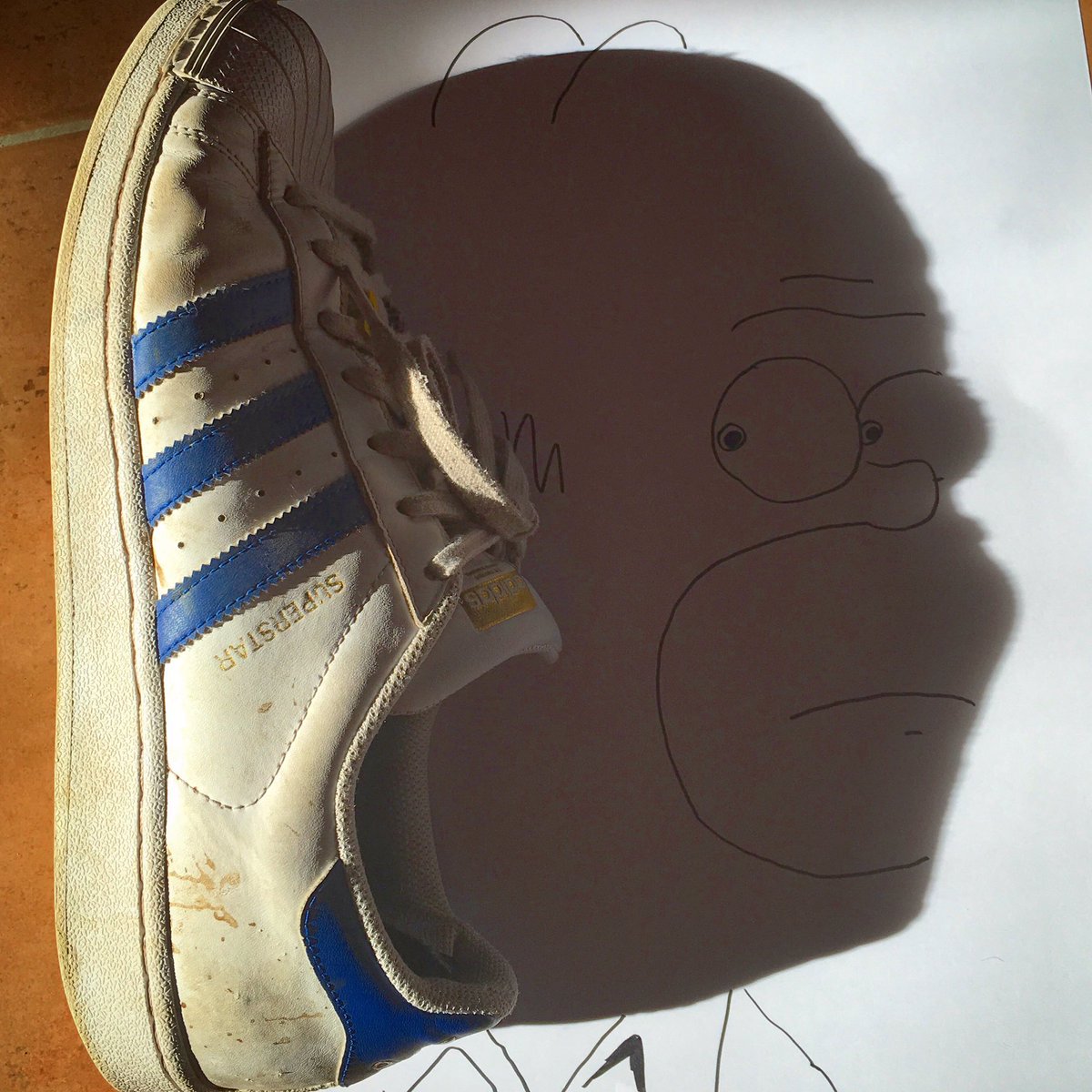
thanks, Helen

crochet
thanks, June

crochet

crochet

crochet


thanks, Shelley

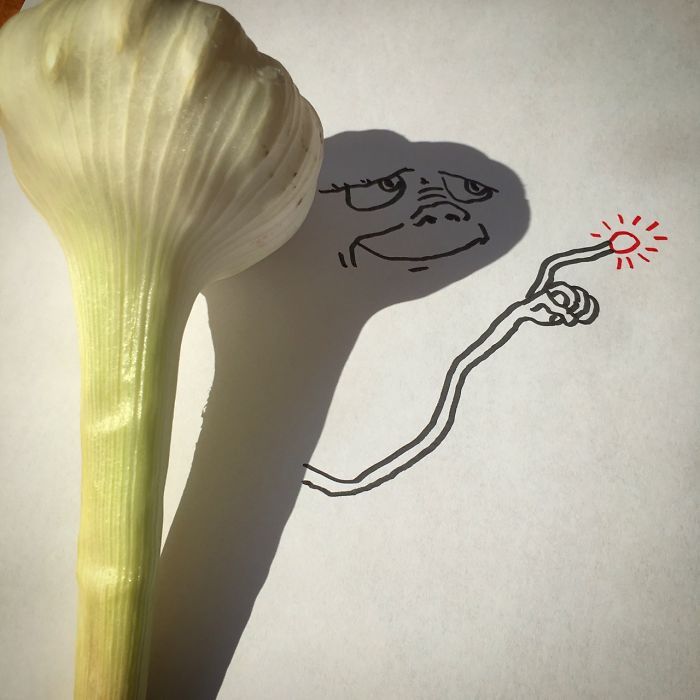

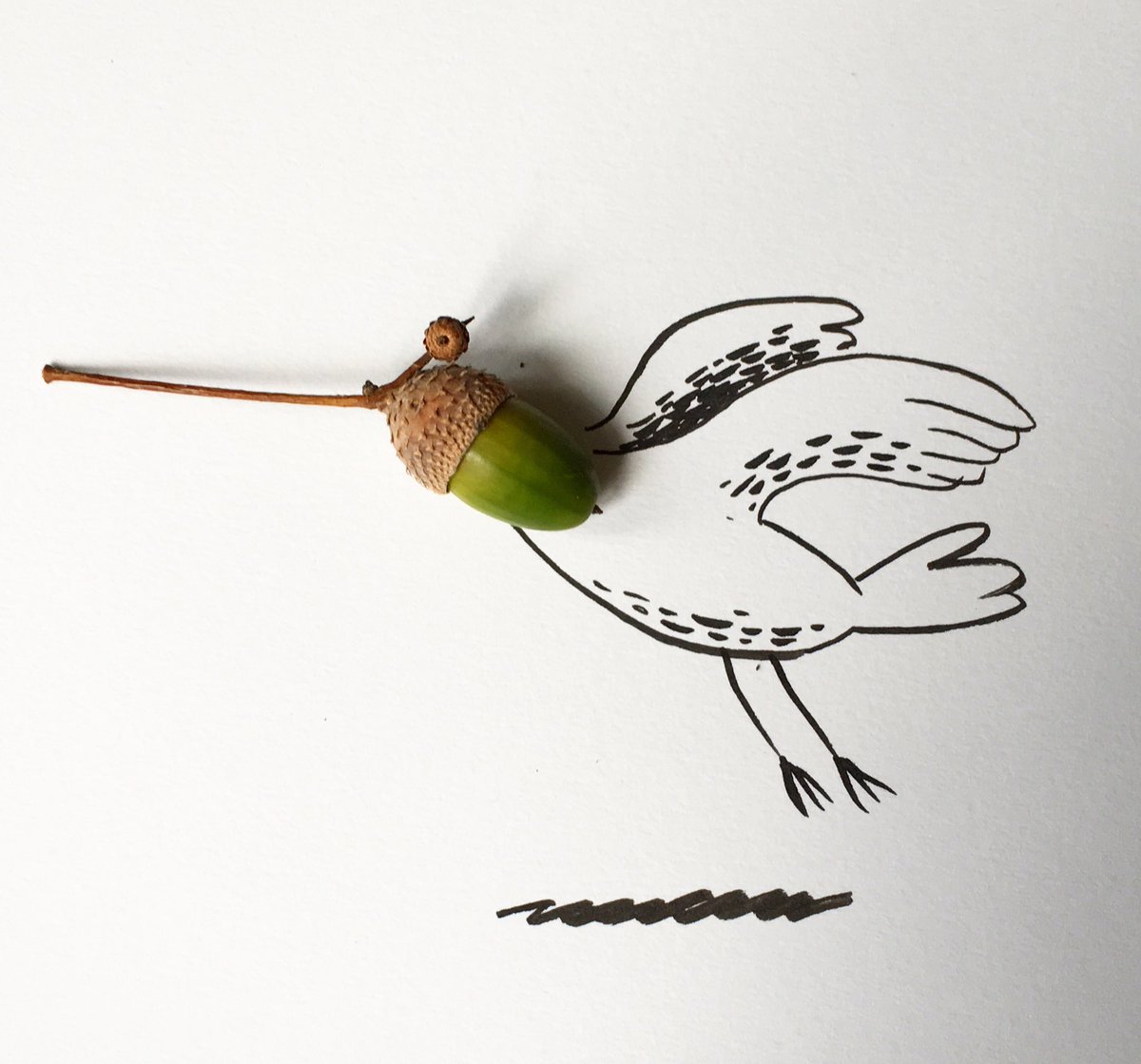
thanks, Sharon



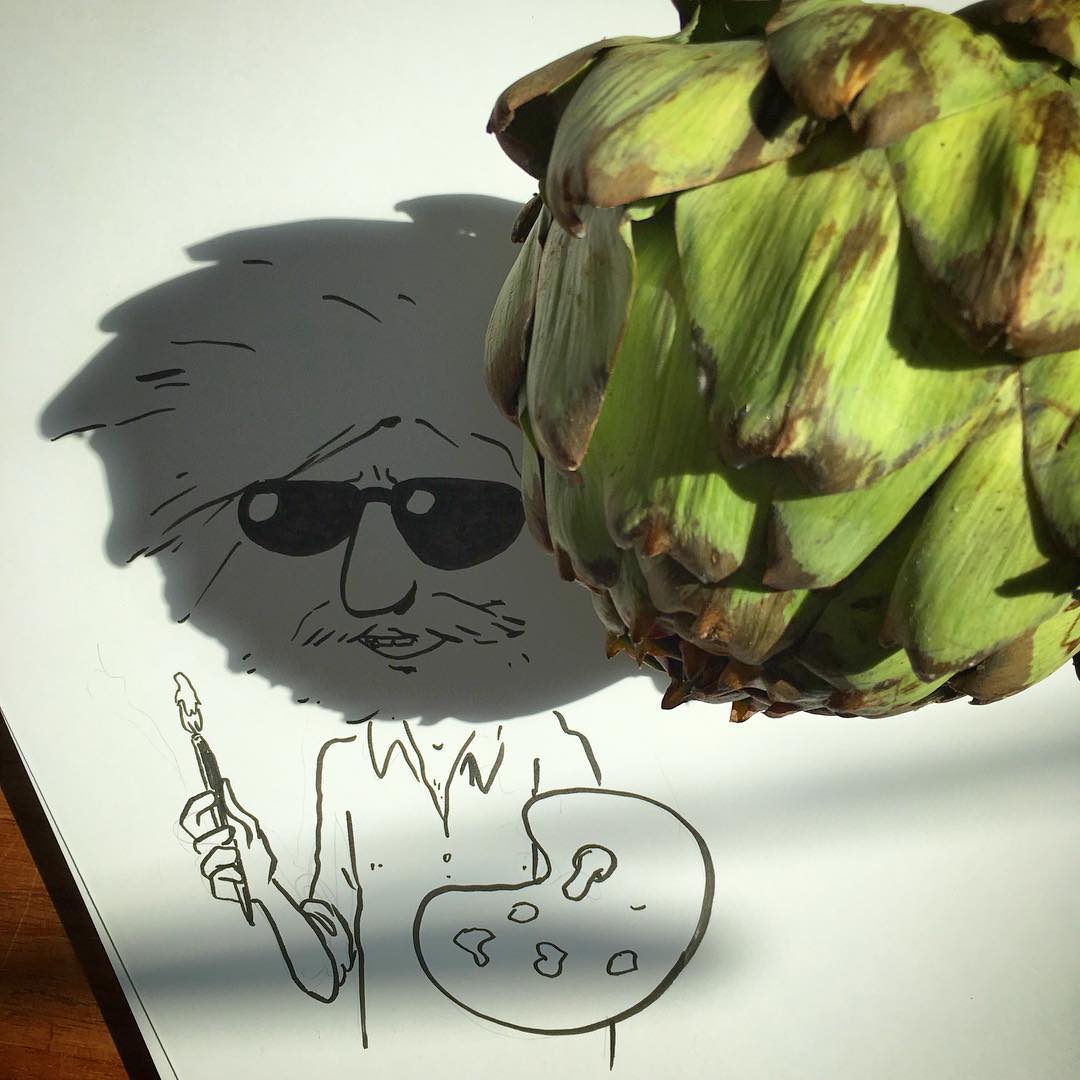
MINI PUMPKIN UNICORNS

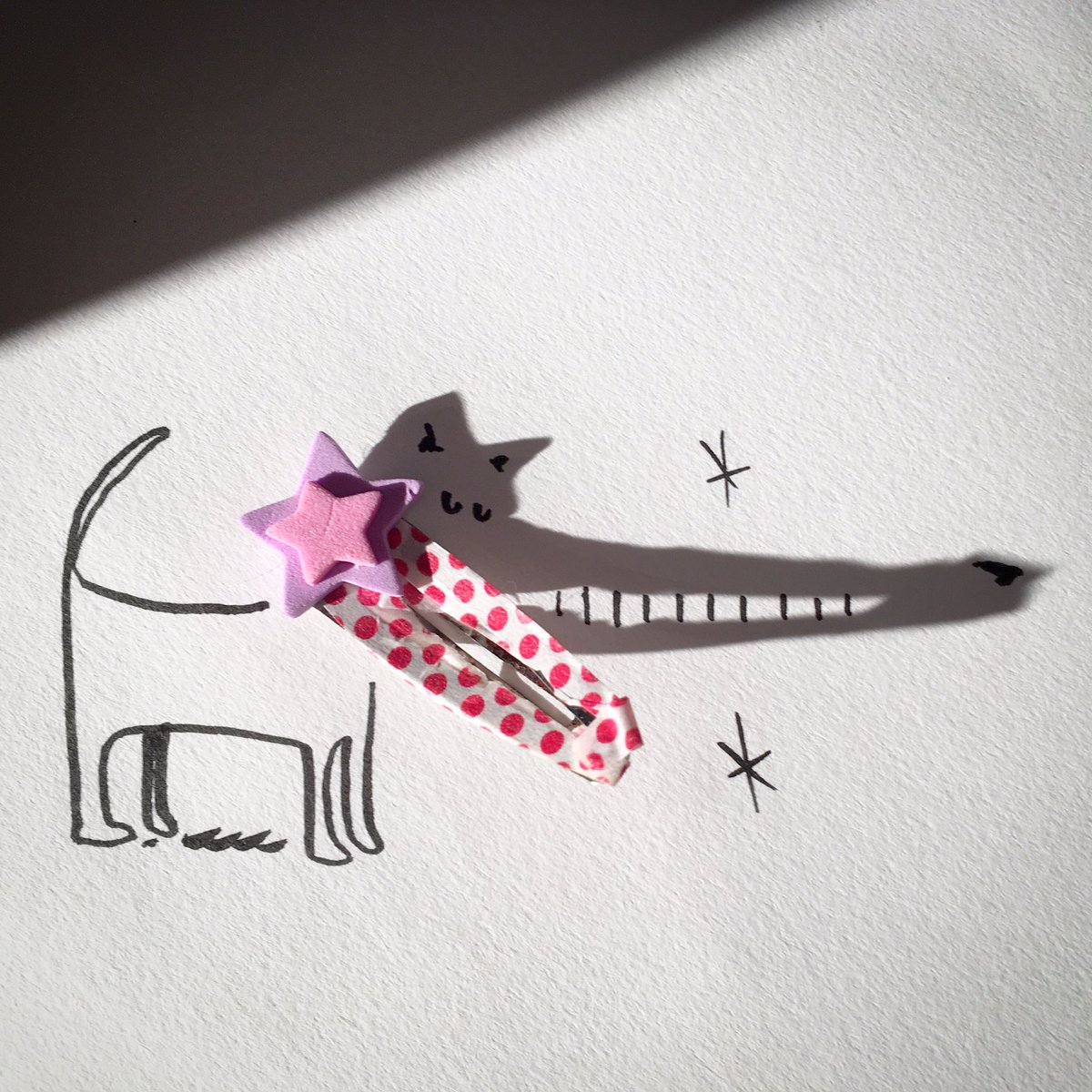
 musely
musely

Oak Art Jigsaw Puzzle

| actor anniversary anxious arise check cold crunch deter | fourth frugal genuine gone hard header heart import issue | lime line local meant night pardon peace people | queen ready reason residential roads sale scan scat shove | sound space stair temperature tint tune vicious wishes |
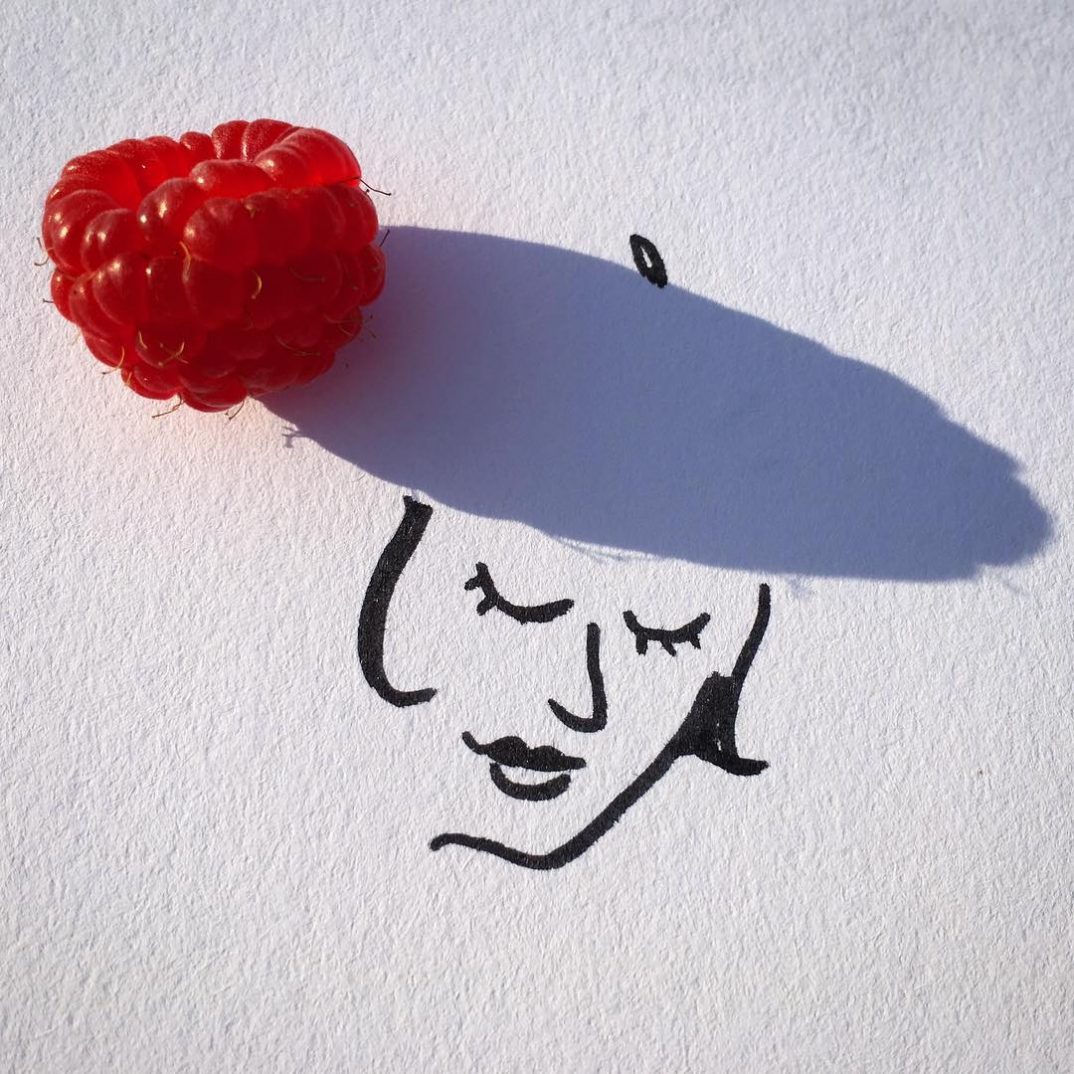
solution:

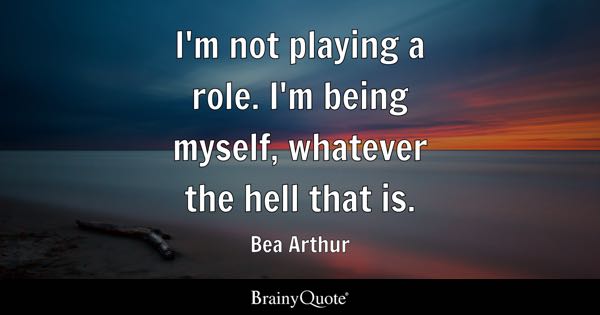
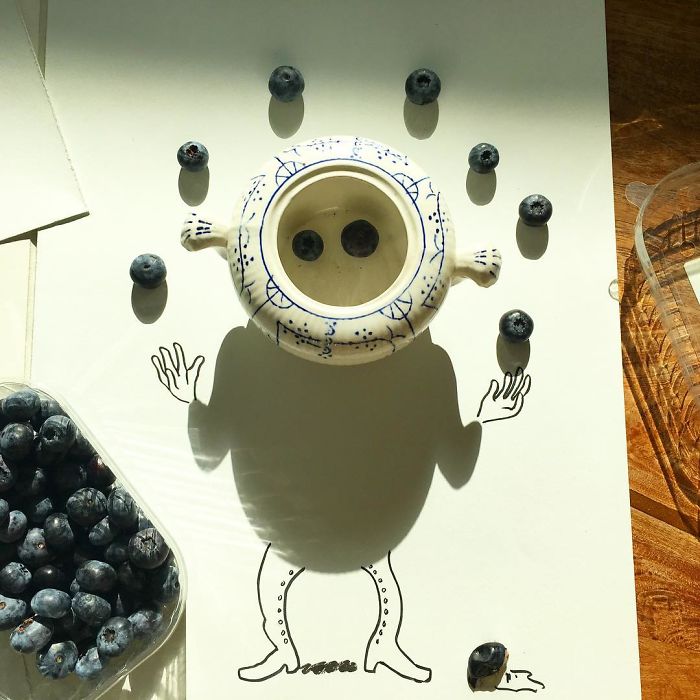

got 11/13 .. you? (quiz is in the middle of the page)

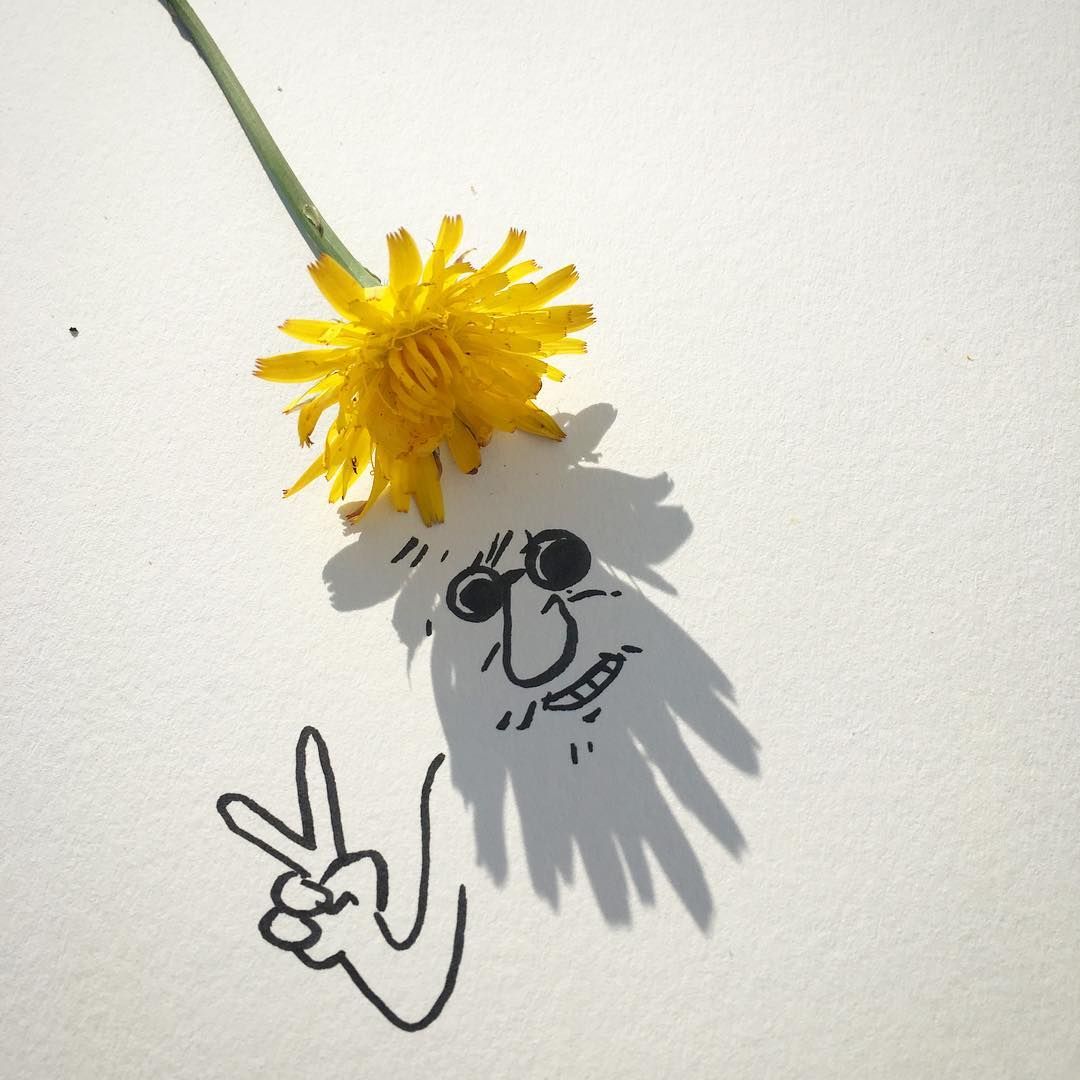
5 Women Scientists You Should Know
Some explored the unknown, some made scientific breakthroughs, some are working to save the world. All are pioneers whose names should be more well-recognized.
outsideonline
It’s time we are able to rattle off the names of more female scientists than simply Marie Curie. From Rosalind Franklin’s discovery of the molecular structure of DNA to Katherine Johnson’s mathematical prowess that helped launch the first American into space, we are only beginning to learn about and acknowledge the many major contributions of female scientists.
So here are five more you should know. To highlight these women, we teamed up with designer Amanda Phingbodhipakkiya, who earlier this year created Beyond Curie, a series of posters celebrating unsung women of science. We added to her list five women who discovered some of our most widely accepted scientific theories, explored new frontiers, and conducted game-changing research. Two are still alive and doing so today. Many were among the first women to enter their fields, and all have paved the way for a new generation of women scientists to leave their marks on the world.

Kalpana Chawla
Astronaut (1961–2003)
Even as a child, Kalpana Chawla knew she wanted to fly. She dreamed of becoming an aerospace engineer, often asking her father to take her for rides in the planes that belonged to flying clubs in her native India. Classmates remember Chawla pointing to the sky and telling them, “I’m going to fly.” After earning a PhD in aerospace engineering from the University of Colorado in 1988, she finally got her wish in 1997. As a crew member on the STS-87 Columbia, Chawla became the first Indian-born woman and the second person of Indian descent to travel into space. On January 16, 2003, Chawla and six other astronauts entered space aboard the STS-107 Columbiafor a 16-day science and research mission. On February 1, the spaceship broke apart as it reentered Earth’s atmosphere, killing everyone aboard 16 minutes prior to landing. At the time of her death, Chawla had logged 30 days, 14 hours, and 54 minutes in space.

Dijanna Figueroa
Oceanographer
Dijanna Figueroa has made a career of exploring the mysteries of the deep. In 2005, she was featured in James Cameron’s documentary Aliens of the Deep, which follows Cameron and NASA scientists as they explore the some of the deepest parts of the ocean and learn about the unique life forms that inhabit those spaces. Recently, Figueroa has become an advocate for STEAM education—adding art and design to the science, technology, engineering, and math equation. She’s spent more than a decade teaching STEAM to grades K–8 in the greater Los Angeles area, formerly served as global director of the National Geographic Society’s Green STEAM program, and has advisory roles with many STEAM nonprofits. If that isn’t enough, Figueroa is a committee director for Blue Ocean Sciences, an organization of scientists conducting high-level research that addresses the needs of the global community.

Florence Bascom
Geologist (1862–1945)
Florence Bascom was the first woman geologist hired by the U.S. Geological Survey, the first woman geologist to survey Mount Desert Island in Maine (in 1919), and the second woman elected to the Geological Society of America. But Bascom broke barriers well before she started her fieldwork. She earned several degrees at the University of Wisconsin before petitioning for admission to Johns Hopkins University, which had only accepted one woman before her. Although Bascom, like other female students of the time, had to sit behind a screen in the corner of the classroom to avoid distracting male students, she became the first woman to receive a doctorate from Johns Hopkins, in 1893. She is best known for studying the rocks of the Piedmont region of Maryland and Pennsylvania and creating a comprehensive guide to the geology of the Mid-Atlantic region.

Rose E. Frisch
Biologist (1918–2015)
Studies on women’s health still lag behind what exists for men, but Frisch was conducting groundbreaking work on the topic when it was still a taboo. In the 1970s, Frisch was one of the first to study women and how their weight affects fertility, co-authoring a paper in 1974 showing that women’s menstrual cycles can cease if they lose as little as 15 pounds. This also paved the way to the discovery of leptin, a protein that’s foundational to understanding processes like metabolism, puberty, and pregnancy—not to mention everyday functions like burning energy, eating, and exercising. Frisch continued her research at the Harvard Center for Population and Development Studies, and today her theories on fatness and fertility are widely known and accepted. Her son Henry Frisch, a professor of physics at the University of Chicago, says his mother never dwelled on the sexism in the field, though she earned much less than her male colleagues. “She was determined to understand these key biological issues in women’s health,” he says. “Nothing was going to stop her.” Today, women who hope to become mothers as well as athletes often to turn to Frisch’s work to help them better understand their bodies.

Inez Fung
Professor of Atmospheric Science
Inez Fung’s main focus at the University of California, Berkeley, is climate change. She studies the changing patterns of precipitation by studying East and South Asian monsoons and how trees access water in California’s dry summers and cool the atmosphere. By studying precipitation changes, Fung can begin to understand what influences the location, timing, and intensity of precipitation—and improve our projections of how that could change in the future. “It’s very important for us living on Earth enjoying the biosphere, enjoying the outdoors, to know how things are changing and to understand why things are changing,” says Fung. She is also the founding director of the Berkeley Atmospheric Sciences Center. “I think nature is always smarter than me,” says Fung. “When I think I’ve got it, there’s another puzzle that nature presents to me.”

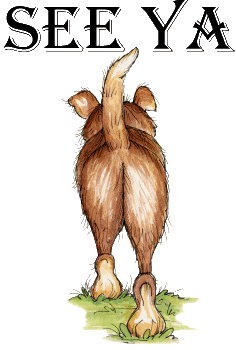


No comments:
Post a Comment